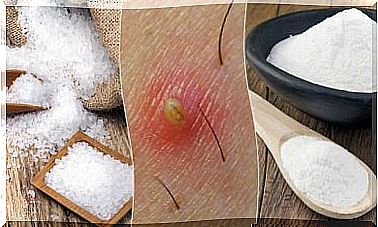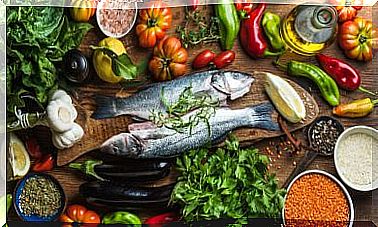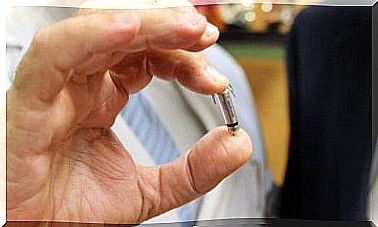Vitamin Deficiency And Diet
Vitamins are organic substances that the body does not produce, for the most part. In fact, it is necessary to take them from external sources since they are vital for good health. Now, what happens when we are deficient in vitamins? Find out all about it in this article.
Before starting it is necessary that you understand the importance of proposing a varied diet. Choosing foods from different groups ensures a correct supply of micronutrients, a set in which vitamins are found.
The vitamins
These essential nutrients can be soluble in water (water soluble) or soluble in fat (fat soluble). Furthermore, its storage, toxicity and mode of action are related to this classification.
For example, the water-soluble vitamins include vitamin C and complex B. Regarding the fat-soluble vitamins, vitamins A, E, D and K stand out. Above all, vitamins benefit the formation and maintenance of:
- Hormones
- Bones and teeth.
- Cellular metabolism.
- Blood cells.
- Nervous system chemicals.
It is essential to incorporate them into our daily diet, as much as possible. Otherwise, the body could suffer almost devastating adverse effects.
Essential vitamins
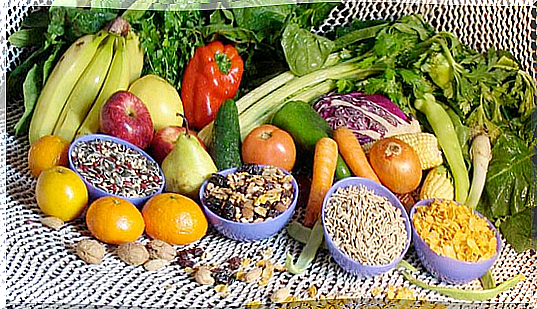
Some of the essential vitamins for metabolism are: folic acid, biotin, thiamine (vitamin B1), riboflavin (vitamin B2), niacin (vitamin B3), pantothenic acid (vitamin B5) and also:
- Vitamin B6.
- B12 vitamin.
- Vitamin C.
- Vitamin A (retinoids).
- Vitamin D (calciferols).
- Vitamin E (tocopherols).
- Vitamin K.
It is important to mention that the discovery of most of the vitamins was due to the identification of serious diseases directly associated with their deficiency, such as: scurvy, rickets, pellagra and beriberi.
Vitamin deficiency
According to a study by Jayson B. Calton of the US Department of Nutrition Research and Education, popular US diet plans were found to have a high probability of micronutrient deficiencies. These micronutrients include vitamin E, vitamin B7 (biotin), and vitamin D.
Vitamin deficiency diseases
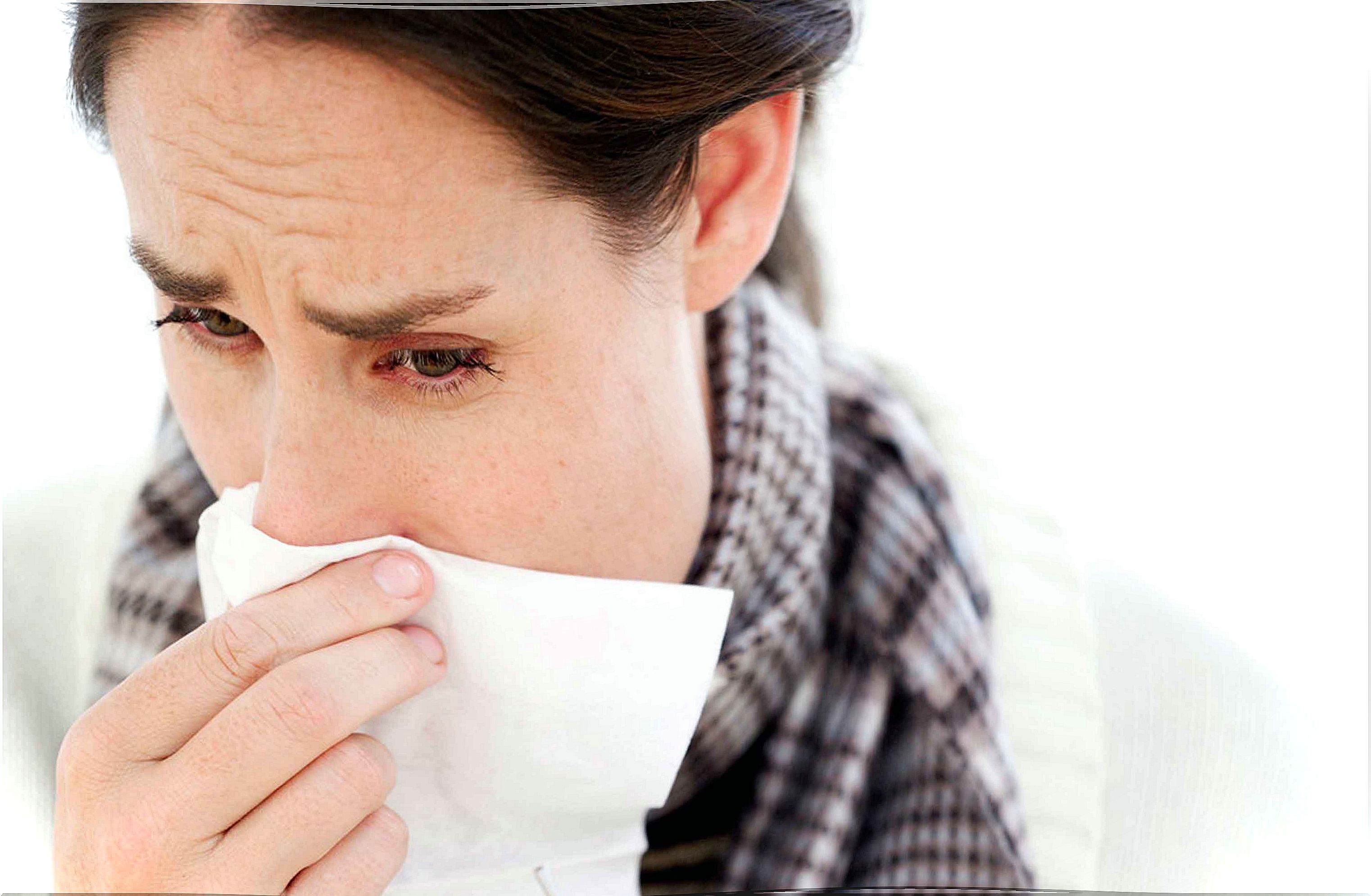
According to the Food and Agriculture Organization of the United Nations, there are various malnutrition disorders, such as:
- Beriberi due to thiamine deficiency.
- Pellagra due to the absence of niacin (vitamin B3).
- Rickets and osteomalacia due to vitamin D deficiency.
These malnutrition disorders also include:
- Iron deficiency anemia.
- Deficiency of folates, vitamin B12, ascorbic acid (vitamin C), vitamin E and vitamin A.
Vitamin A deficiency favors the appearance of diseases such as xerophthalmia (dryness of the conjunctiva), keratomalacia (involvement of the cornea) and blindness. Even the low consumption of vitamin A can increase the mortality rate in children with measles, colon cancer, among other diseases.
In many countries in Asia, Africa and Latin America, much of the population consumes low amounts of vitamin C, which causes scurvy. This disease is more prevalent in refugee camps during famines and sometimes in prisons. In addition, this element has proven to be essential to enjoy a functional immune system.
In addition, the Food and Agriculture Organization of the United Nations reports that riboflavin (vitamin B2) deficiency is widespread worldwide and occurs mainly in countries with marked economic and social problems.
The conditions derived from this type of vitamin deficiency are limited to lesions in the mouth, such as cheilosis and glossitis. For the aforementioned, it is essential to monitor the diet to avoid the aforementioned health problems.
Vitamin foods
Next, we will introduce you to the foods that you can consume in case of presenting any of the vitamin deficiency diseases mentioned above.
1. Foods with vitamin B7
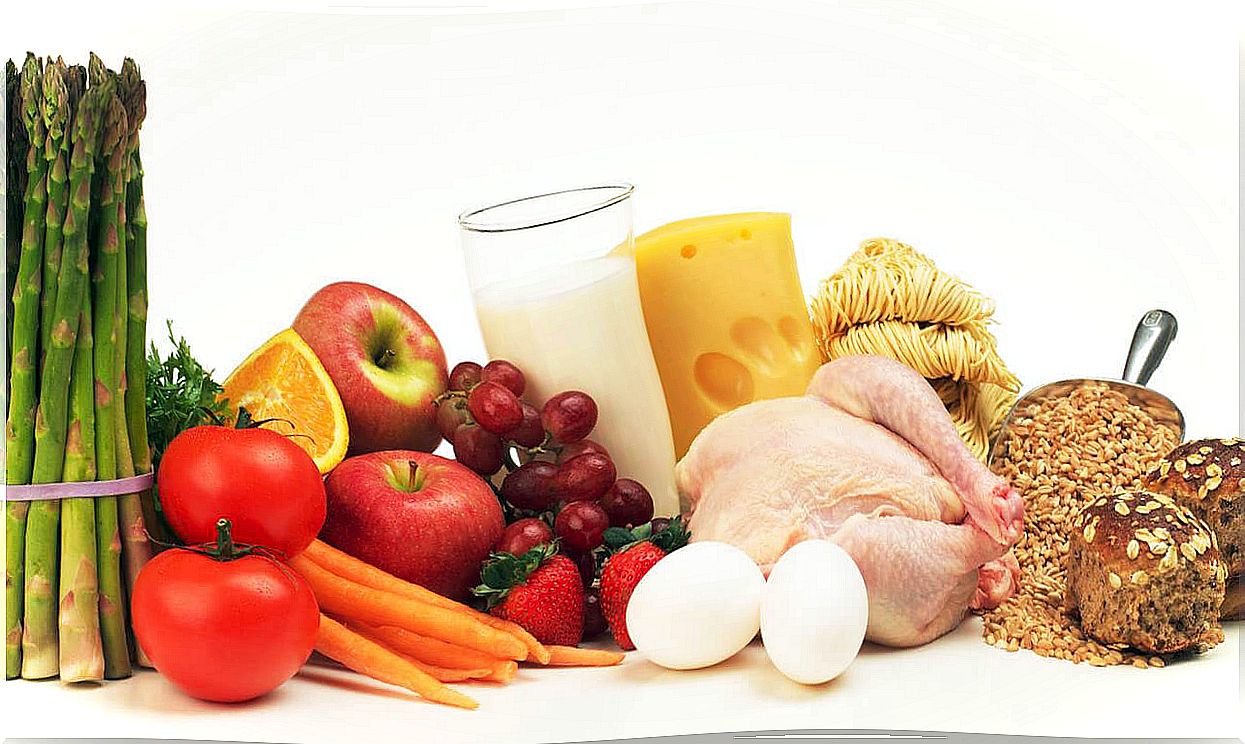
Biotin, for example, can be found in foods of animal origin such as liver, egg yolk and fish (salmon, sardines, tuna). Vitamin B7 is found in foods of plant origin such as soy flour, walnuts, peanuts, whole grains and derivatives.
Other foods high in vitamin B7 are nuts, seeds, and legumes such as beans, lima beans, and lentils. Also, fruits such as apple, blackberry, grape and banana are a good option to consume this vitamin.
2. Foods with vitamin D
The body produces vitamin D when we are exposed to the sun. In addition, we can receive it from food and store it in muscle and fat tissues, to later transform it into its active form and that it can develop its function in the body.
Vitamin D is found naturally in the fat of some animal foods such as eggs, cheese, milk, and butter. However, one of the foods with the highest content of this vitamin is fish liver oil. On the other hand, meat and fish contain small amounts of this vitamin.
Keep in mind that maintaining adequate levels of it has been linked to a lower risk of developing cardiovascular problems, according to a study published in In Vivo.
3. Foods with vitamin E
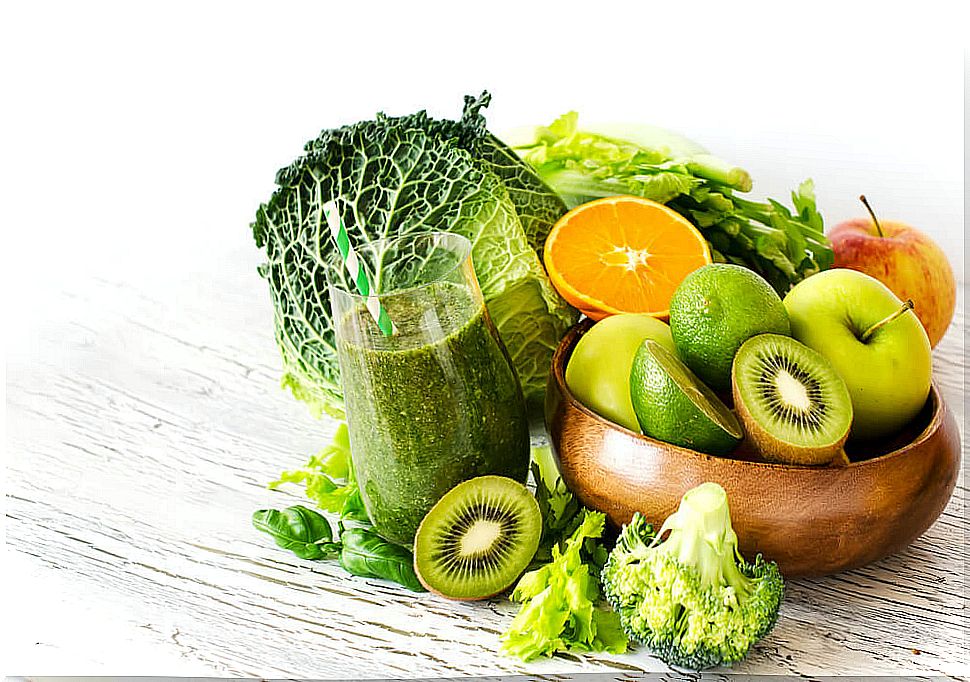
Some of the foods high in vitamin E are sunflower seeds, almonds, peanuts, chard, and spinach.
Also, this vitamin is present in olives, asparagus and in ingredients such as plant oils (olive, hazelnuts, pine nuts).
4. Foods with vitamin A
Vitamin A is found in animal products such as butter, eggs, milk, liver meat, and some fish.
Also, pumpkin, carrot, mango, papaya, and yellow corn are important sources of vitamin A, as are dark green leafy vegetables such as spinach, amaranth, yucca, lettuce, and cabbage.
5. Foods with vitamin C
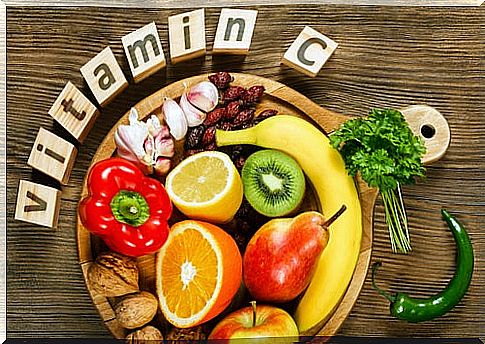
The highest content of ascorbic acid is found in fruits and vegetables. However, it is also present in some types of dark green leaves such as seaweed, watercress, chard and spinach.
Other fruits with a high content of vitamin C are citrus fruits (orange, grapefruit, lemon), strawberry, kiwi, guava and melon, among others.
6. Foods with vitamin B2
A good source of riboflavin is milk and its derivatives. Likewise, it can also be found in green vegetables, liver meat, fish and eggs.
This vitamin is also found in grains, seeds, and cereals, however, the amount of riboflavin is reduced by grinding them.
Maintain an optimal intake of vitamins
Beyond the different food programs that exist worldwide, the UN recommends the following:
- Eat a variety of foods. Never focus on a single food group or base your diet on a certain number of foods.)
- Eat in a balanced way, according to the personal nutritional needs of each stage of life, consuming what is necessary from the energy and nutritional point of view.
- Try to give priority to fresh and quality food.
Regardless of whether or not you suffer from any of the aforementioned conditions as a result of a vitamin deficiency, surely, you have identified some key foods that you would like to include in your daily diet.


